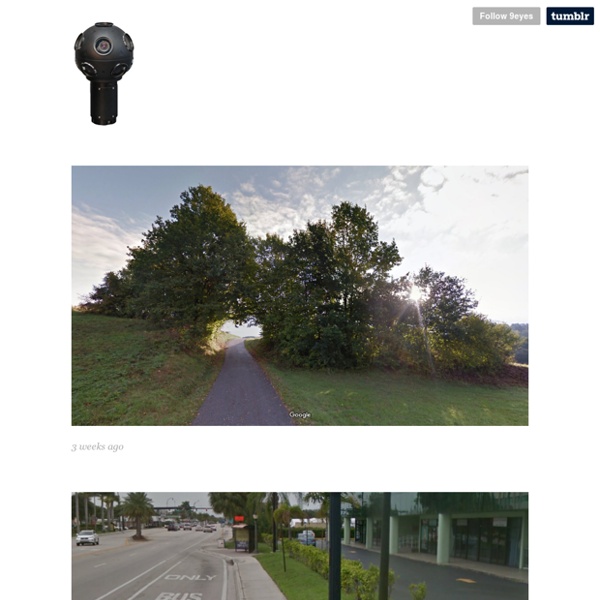Rafaël Rozendaal – Official Website
Molly Dilworth - projects
August 2010, Google Earth view of 16 Manhattan Avenue, Brooklyn NY Paintings for Satellites I have an inclination to work with materials that have had an obvious life before I use them; it's a challenge and a pleasure to make something from nothing. In the last year my practice has grown out of the studio in the form of large-scale rooftop paintings for Google Earth. This project uses materials from the waste stream (discarded house paint) to mark a physical presence in digital space. My work is generally concerned with human perception of current conditions; the Paintings for Satellites are specifically concerned with the effects of the digital on our physical bodies. All my work begins a series of rules derived from existing conditions. As this project proliferates, it will take two forms - a community model, using local volunteers and paint from the waste stream and a design/build model, using solar-reflective paint, solar panels and green roofing contractors.
Geek Humor and Entertainment Blog - TV, Movies, Comics, Toys, Cakes, Tattoos - Great White Snark
45 McDonald's Items Not Available In The U.S. That Should Be: Pics, Videos, Links, News
Cramé-Craché - La Banlieue Vous Piège
Amazing Street Art That Cleverly Interact With Their Surroundings
We all know that street art can be controversial, political and beautiful, but it takes an extra spark of creativity (or luck) to create the sort of street art that can cleverly make use of its surroundings and location to give it extra depth. These clever site-specific arrangements take these pieces of street art above and beyond. Rather than just painting a preconceived painting on a public canvas, these artists found locations that work together with their artwork. Whether it’s meaningful, beautiful, funny, or a bit of each, these clever and imaginative pieces of site-specific street art are definitely worth checking out. Face Of The City, Toronto, Canada Image credits: fauxreel The Legend of Giants, Białystok, Poland Image credits: Natalia Rak World Going Down The Drain, Spain Image credits: pejac Calvin & Hobbes, France Image credits: Oak Oak Satellite Dishes, Birmingham, UK Image credits: Davyd Samuels Bruce Lee, Saint Etienne, France Sluggo On The Street Image credits: David Zinn Pom Pom Girl
Backward Rain Forecast
Shmitten Kitten
The Burning House
15 Famous Landmarks Zoomed Out To Show Their Surroundings
This collection of photographs of majestic landmarks around the world do a great job of just how important framing, perspective and lighting are to a photograph. All of these photo pairs are of the same object, but the changes in perspective can make them seem more or less grand. Show Full Text A change of perspective can change a lot, which applies just as much to photography as it does to anything else in life. Sure, the Brandenburg gate and Mount Rushmore are majestic when framed the right way, but they can look mundane when they aren’t the central focus of the photograph they’re in. Aside from the composition of these images, some of them also show just how misleading photography can be. Of course, not all of these photos reduce the landmarks’ grandeur. h/t: thepobv 1. Thanks for sharing! 3x per week 30,000,000+ monthly readers Error sending email Image credits: Edward Ewert 2. Image credits: Amanda White Image credits: e-architect.co.uk 3. Image credits: Marvin Bartels 4. 5. 6. 7. 8. 9.



